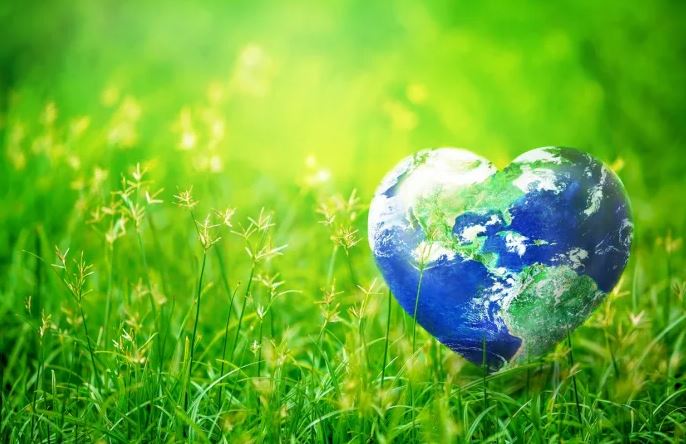4/21/2023 8:00:00 AM
Earth Day promotes international awareness of environmental protection and earth conservation. It's the perfect opportunity to think about important concepts, such as going green and reducing, reusing, and recycling.
Here are 10 Earth Day facts and statistics:
1. Senator Gaylord Nelson conceived Earth Day in the 1960s.
Senator Nelson worried that environmental issues were not being addressed in the political arena, especially after he witnessed the aftermath of a California oil spill in 1969. He was inspired by Vietnam War protests to organize a nationwide grassroots demonstration to promote conservation involvement and awareness.
2. The first Earth Day was in 1970.
Nelson's demonstration was set for April 22, 1970. It purposefully fell between spring break and final exams hoping that college students would participate. About 20 million Americans showed their support, according to the environmental advocacy group Earth Day Network, and it soon became the first official Earth Day.
3. The government responded to Earth Day with environmental legislation.
Both Republicans and Democrats responded to the environmental conservation messages of Earth Day. It helped inspire the United States Environmental Protection Agency (EPA), as well as the Clean Air, Clean Water, and Endangered Species Acts.
4. Earth Day Went Global in 1990.
5. About one billion people recognize Earth Day each year.
The Earth Day Network says it's the "largest secular observance in the world," and it currently reaches people in more than 190 countries. Online platforms and social media help share important messages.
6. Earth Day always falls on April 22.
Wondering when Earth Day is this year? It always takes place on April 22 as a nod to the first official demonstration. People worldwide participate in rallies, concerts, acts of service, outdoor activities and more.
7. It’s known as “International Mother Earth Day” worldwide.
The United Nations General Assembly developed the moniker in 2009, although it never stuck in America.
8. Worldwide initiatives have benefited the environment.
Earth Day has inspired people worldwide to act for a cause. For example, more than 100,000 people in China rode bikes to work in 2012. Additionally, 28 million trees were planted in Afghanistan on Earth Day 2011.
9. There’s an “official” Earth Day song.
One of the most popular Earth Day songs is Earth Anthem, written in 2013 by Indian poet Abhay Kumar. It has been translated into dozens of languages, including all official United Nations languages.
10. This year marks the 53rd anniversary.
People worldwide will celebrate the 53rd Earth Day on April 22, 2023. The theme is Invest In Our Planet, which is a continuation of last year's successful theme. “In 2023, we must come together again in partnership for the planet," said Kathleen Rogers, President of EarthDay.org
